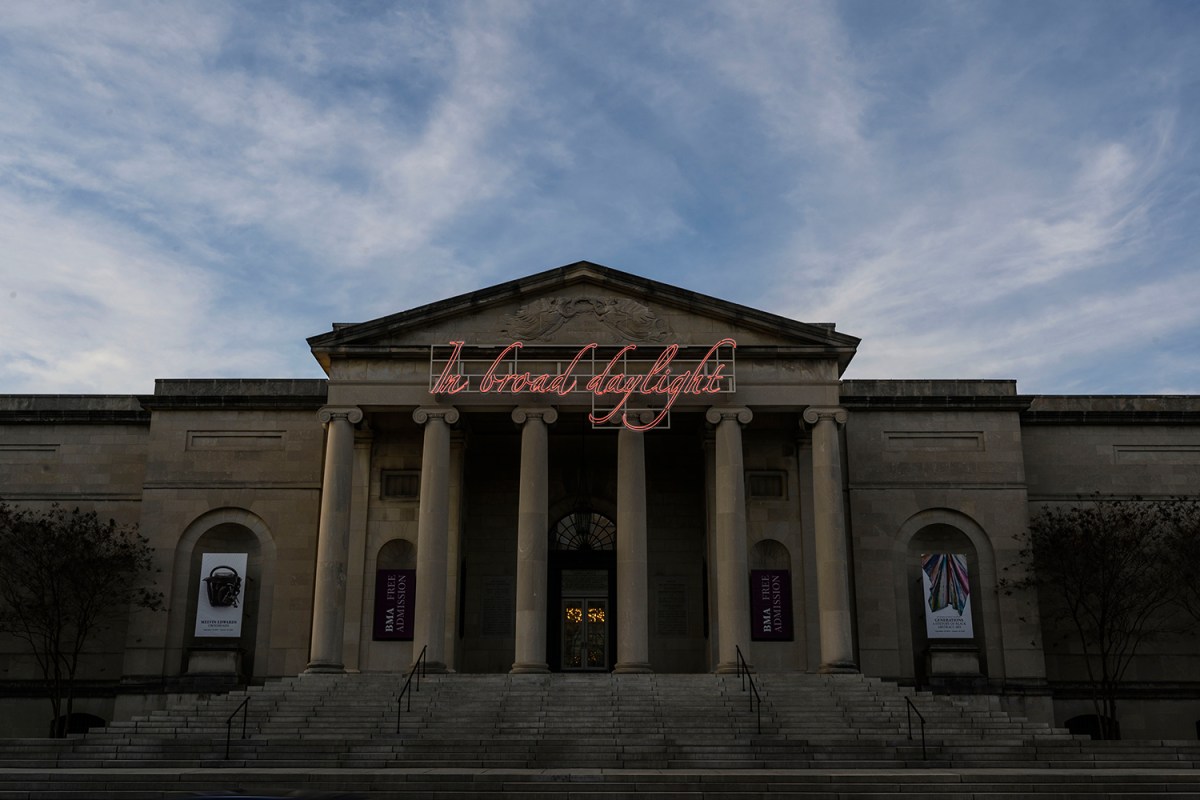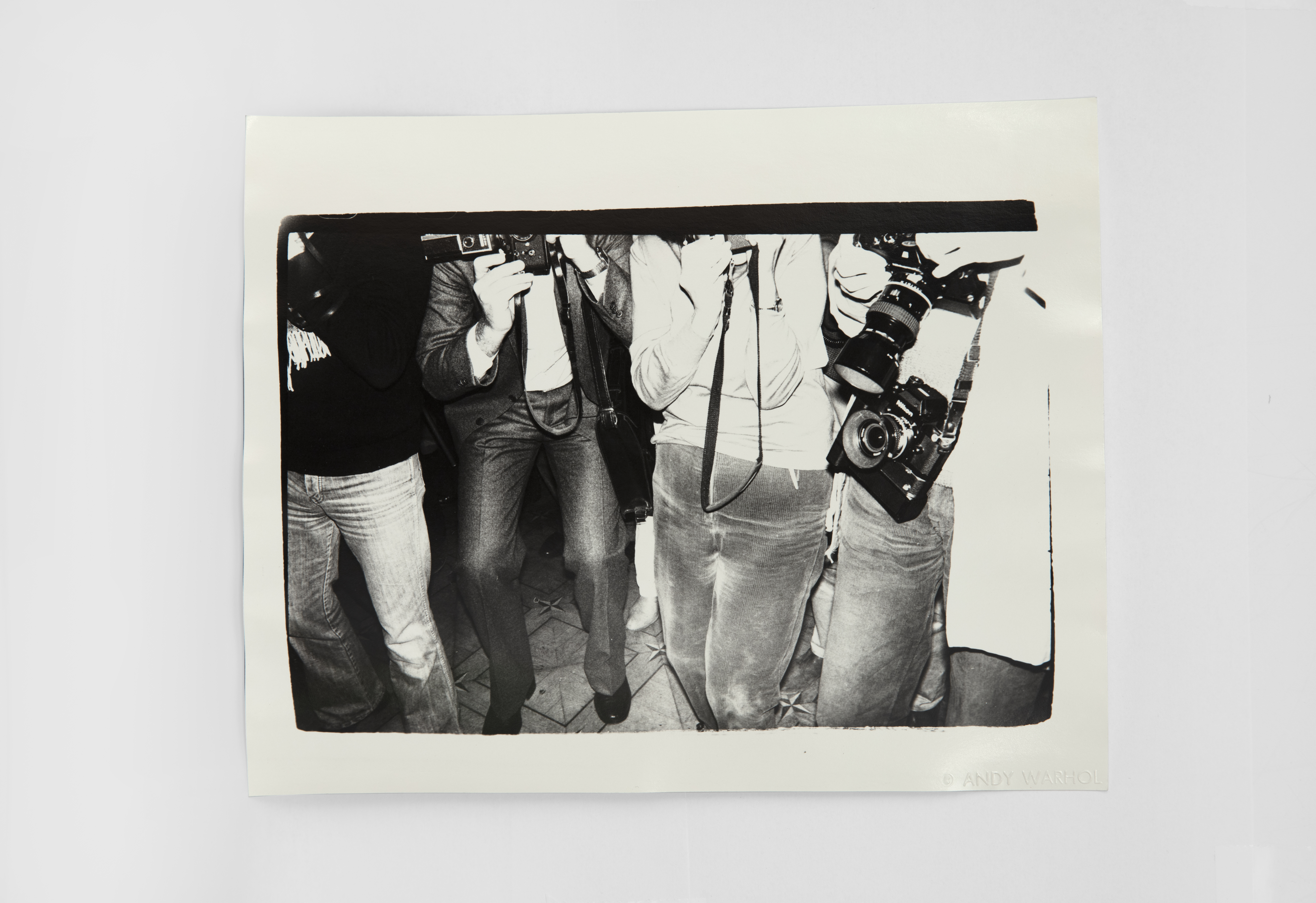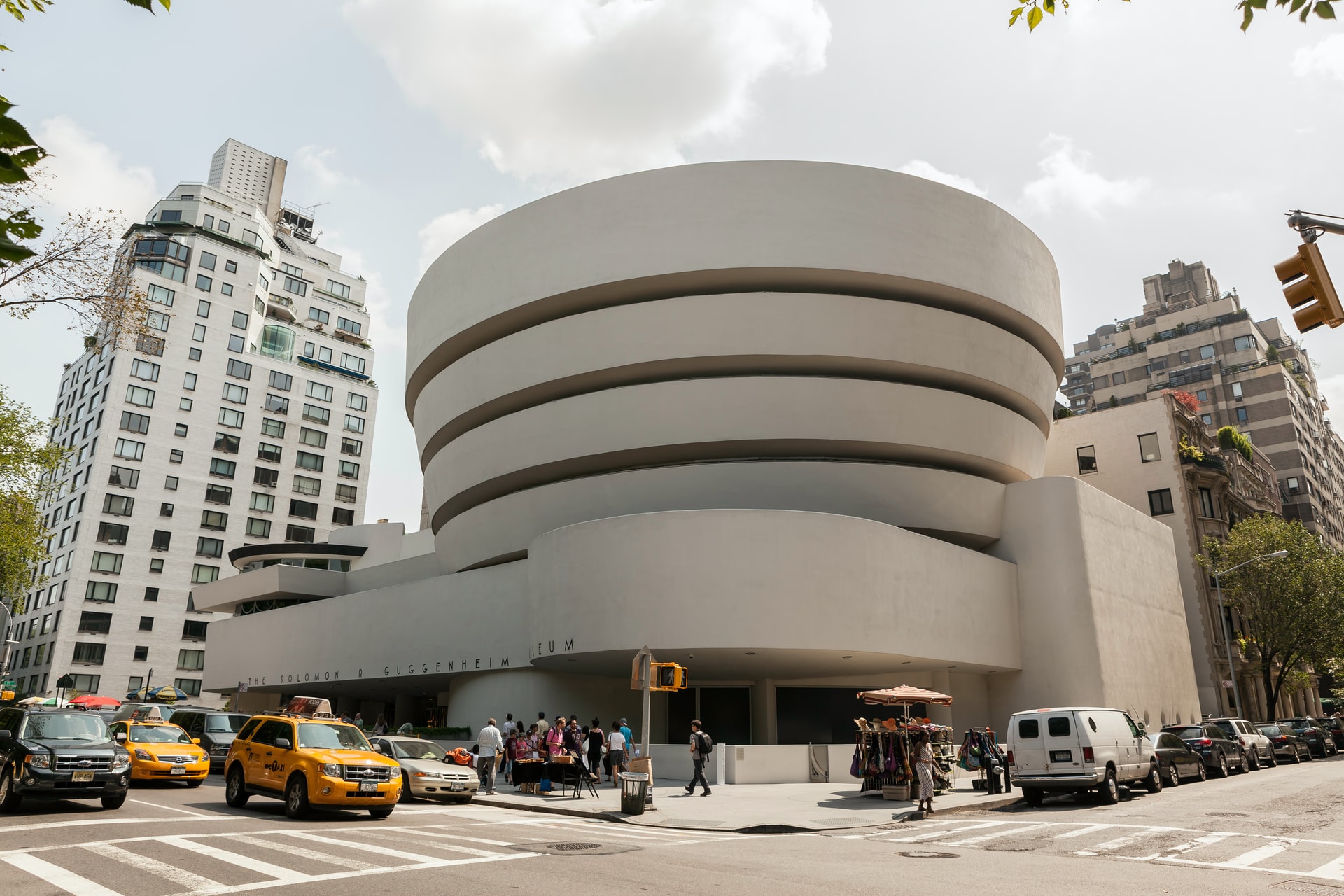Last month, you may have noticed a rapid-fire array of headlines pertaining to the Baltimore Museum of Art. Specifically, these articles focused on the museum’s decision to sell a trio of paintings, encompassing work by Andy Warhol, Clifford Still and Brice Marden — a process formally known as deaccessioning. A New York Times article from early October noted that the museum planned to use the money it made from the sales — estimated at around $65 million — “to help advance salary increases across the board, invest in diversity and inclusion programs, offer evening hours and eliminate admission fees for special exhibitions.”
This decision was not received lightly. Los Angeles Times art critic Christopher Knight was particularly critical, writing that “[i]f the sell-off to fund operations sets a precedent for other art museums, the public loss will be immense.” The chair of the museum’s board of trustees, Clair Zamoiski Segal, made the case that this was, at least in part, about creating a more inclusive institution, and that the museum had historically “placed outsized value on the work of white, male artists and established systems of access that do not engage, invite, or make welcome the widest group of individuals.”
In the end, the Baltimore auction was called off hours before it was set to begin, but it’s far from alone in the art world right now. A number of other institutions, from the Brooklyn Museum to the Everson Museum, have also made forays into deaccessioning this year.
Some of this is due to a decision made by the Association of Art Museum Directors to allow museums greater flexibility to deaccession art amid the economic challenges brought on by COVID-19. Normally, deaccessioning is frowned upon except for when it’s used to make additions to a museum’s collection. Currently, though, deaccessioning can also be used for “expenses associated with the direct care of collections,” as per the Association of Art Museum Directors’ revised guidelines. That helps to explain the Brooklyn Museum’s decision earlier this year to sell a dozen works from its collection in the face of pandemic-related fiscal losses and layoffs.
But the pandemic alone is no responsible for this shift in industry practices. It also arrives at a time when cultural institutions are grappling with the legacy of systemic racism in the United States, and the combination of these two factors has created a kind of perfect storm for deaccessioning. For some museums, deaccessioning offers increased financial security during a tumultuous period; for others, it can allow them to address a lack of diversity within their own collections.

That was the issue cited when the Everson Museum in Syracuse, New York, announced that it was selling Jackson Pollock’s 1946 painting Red Composition. Artnet news reported that the sale’s proceeds would go towards “acquisitions of work by artists of color, women artists, and others under-represented in its holdings.” It’s a laudable goal — but the sale of the painting also led to some criticism from the art world. This included harsh words from Christopher Smith of the Los Angeles Times, who predicted that the painting “is likely to disappear into an unknown oligarch’s private estate or some freehold warehouse in Switzerland.” The sale, via Christie’s, went through, but still faces legal challenges.
The question that Smith raised in his criticism — should certain works of art not be deaccessioned, lest they disappear from public view — is understandable. And it pits two worthy principles — the public benefit of art versus the need to address historical injustices — against one another, which makes for some head-spinning moral arguments with few easy answers.
Another recent article, this one at The Art Newspaper, raises a more practical concern over deaccessioning. Specifically, it wonders what effect a number of high-profile works of art entering the market will have on the value of these works, and whether it might not depress art values across the board. “[W]ill there just be too many of these works on the block in the coming months, and will there be enough buyers for them?” writes Georgina Adam, author of Dark Side of the Boom: The Excesses of the Art Market in the 21st Century. “Will works by dead white male artists (which is almost invariably the case) have the same attraction for those buyers? And finally, with an inevitably smaller market due to the crisis, can prices be sustained?”
The onrush of deaccessioning might have yet another side effect as well. Earlier this week, filmmaker John Waters announced the donation of his personal art collection — including work by Diane Arbus and Christian Marclay — to the Baltimore Museum of Art, to take place after his death. Among his stipulations? Barring the museum from reselling any of the donated art. It’s a high-profile stipulation against deaccessioning, and it’s probably not the last one we’ll see.
This article was featured in the InsideHook newsletter. Sign up now.























